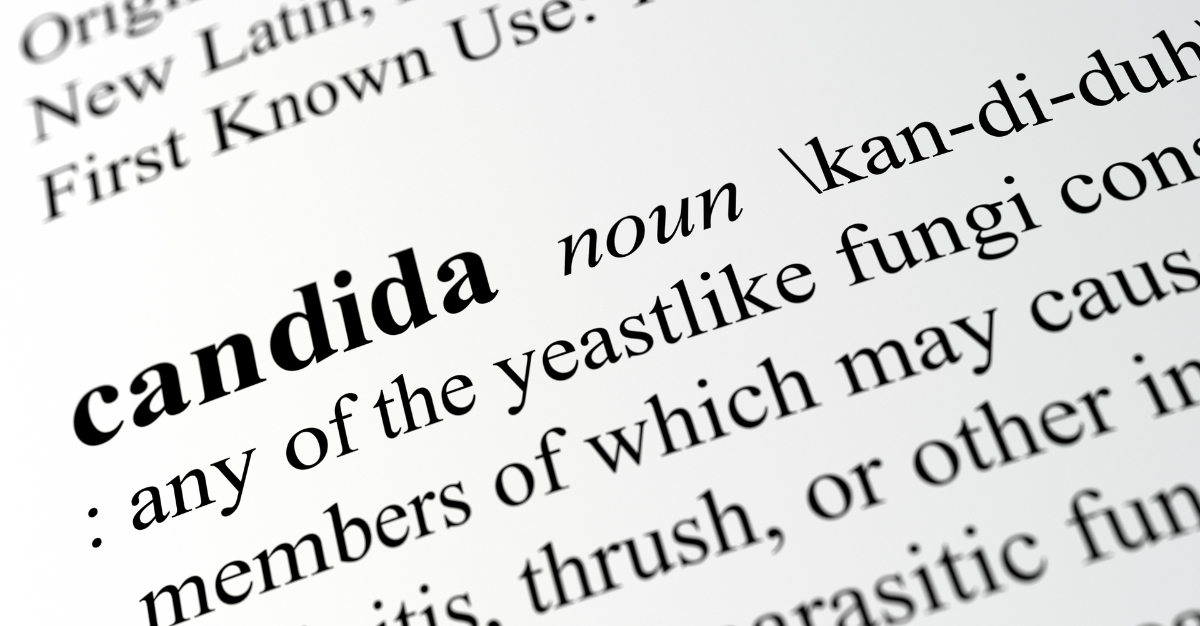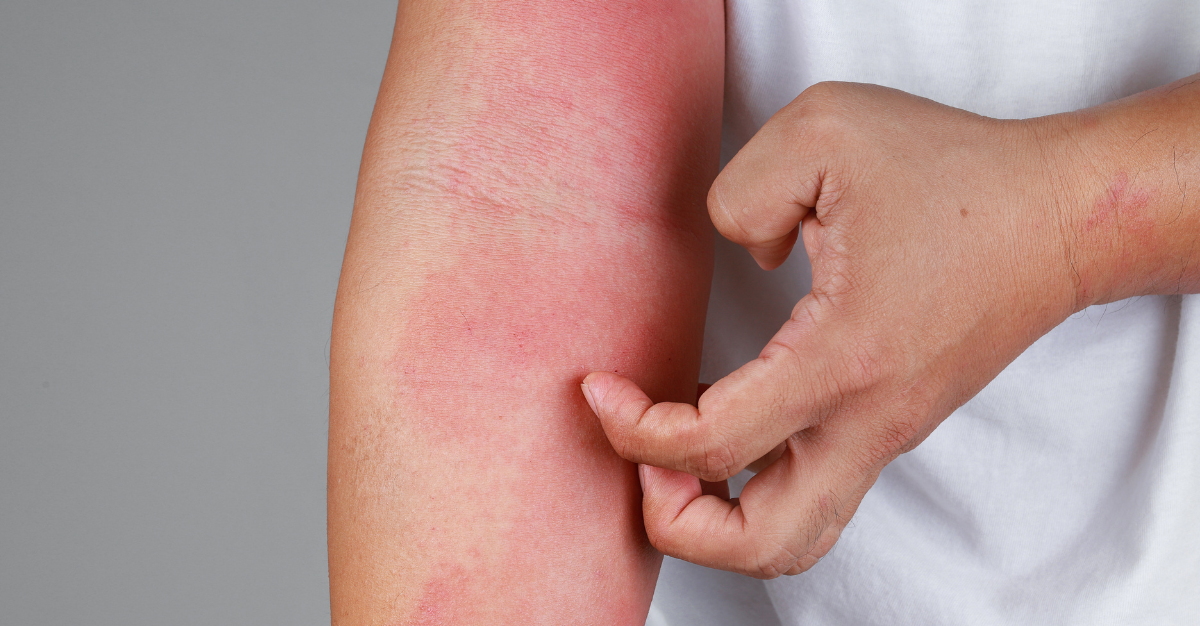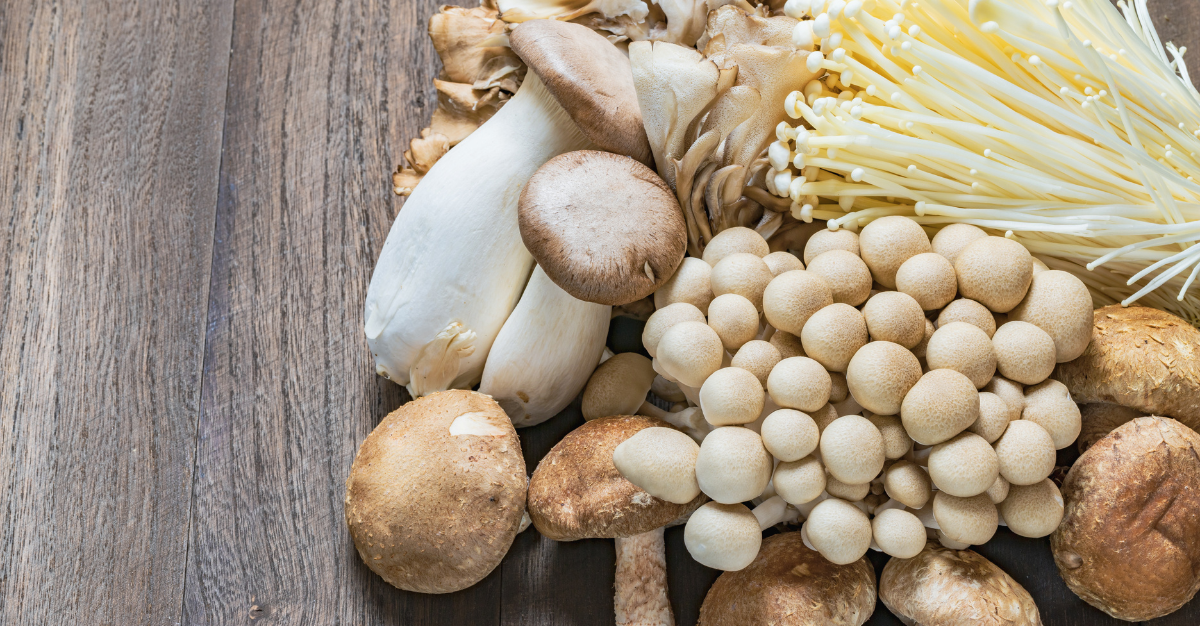
A growing number of people suffer from food sensitivities – by some estimates, more than one in five people experience uncomfortable symptoms after eating certain foods. Yet, despite their prevalence, many of us don’t realize we have a food sensitivity. Instead, we assume the common symptoms, like bloating, fatigue and “brain fog,” are just normal results of our busy lives.
It doesn’t have to be that way. Many patients tell us they are surprised by a remarkable improvement in their quality of life after identifying and eliminating dietary triggers.
Symptoms of Food Sensitivities
Simply put, when you have a food sensitivity or intolerance, your gut doesn’t produce the right enzymes to digest a certain food or group of food. As a result, you can experience wide range of symptoms like:
- Acid reflux
- Bloating
- Diarrhea
- Unexplained fatigue and brain fog
- Pain in the abdomen
- Problems with rashes and skin redness
- Headaches
- Sinus issues
These symptoms can appear shortly after eating the food, and shockingly as many as several days later. Whether or not you react to a food can also vary by how much of it you eat, and even the circumstances around your meal time. Some people find they react more when they are stressed and eating on the go, for example.
Food Sensitivity, Intolerance, Allergy or Disease?
It’s important to distinguish between food sensitivities, food intolerances, food allergies, and diseases that can be triggered by certain foods.
Food sensitivities and food intolerances are similar. Sensitivities may cause inflammation in the body and result in fatigue, bloating and even headaches up to 48 hours after consuming the offending food.
Intolerances are characterized by the body lacking proper chemicals or enzymes to digest a food properly. Digestive upsets are common after consuming a food one is intolerant to. Sensitivities and intolerances can often be pinpointed in order to avoid symptoms caused by ingestion of certain foods or food additives. Working with a practitioner is recommended – we can help!
A food allergy is an issue rooted within the immune system. An allergic reaction happens when your immune system mistakenly perceives something in a food as a threat, and produces antibodies in an attempt to fend off the threat. Food allergies are typically diagnosed at a young age and these foods should be avoided.
A disease such as celiac disease also originates in the immune system. Celiac disease causes the body to fight against gluten in a manner so strong that the lining of the small intestine is damaged, so the symptoms are typically more severe than that of food intolerances. As well, celiac disease differs from a wheat allergy because a wheat allergy is triggered by proteins in wheat, while celiac disease is a reaction to proteins in gluten.
Common Food Sensitivities and Intolerances
Here are the most common food intolerances experienced today:
Lactose intolerance
People who are lactose intolerant lack the enzyme lactase, so they can’t break down the lactose found in dairy products. This is the most common food intolerance, and it’s often characterized by indigestion and bloating. Several tests can determine if you are lactose intolerant. People who are lactose intolerant should avoid all foods containing dairy, although some are able to consume aged cheese or fermented products like kefir without difficulty. Fortunately, many great dairy substitutes are available today.
Gluten intolerance
If you experience symptoms after eating gluten, but tests confirm you don’t have a gluten allergy or celiac disease, you could be suffering from a gluten intolerance or non-celiac gluten sensitivity. Gluten is found in grains such as wheat, rye, kamut, couscous, and barley.
People who can’t tolerate gluten also need to be aware of hidden sources. Soy sauce, many vegetarian meat substitutes, granola bars, beer, and even processed cheeses can contain gluten, so it’s important to read food labels carefully.
In recent years, scientists have theorized that it may be glyphosate, a commonly used weed killer sprayed on crops, that many are reacting to and not gluten itself. Although research is ongoing, anecdotal evidence shows many people who experience gluten intolerance in North America can tolerate eating bread and pasta while abroad in Europe and other countries that have banned the use of glyphosate.
Eggs
Eggs are one of the most common food sensitivities. Symptoms include eczema, itchy skin, nausea and bloating. For most, egg whites are more likely to be reactive than egg yolks.
Corn
Corn is a common food sensitivity that can also lead to chronic symptoms like fatigue, brain fog, bloating, irritable bowel symptoms, headaches, joint pain and more. Corn is a common ingredient in many processed foods so it’s important to keep an eye out for it if you are experiencing symptoms of sensitivity.
Soy
Soy protein is a common food allergy and sensitivity which may lead to headaches, joint pain, acne, eczema and more. Fermentation helps to break down soy protein, therefore fermented soy products like miso and tempeh may be better tolerated by some.
FODMAPs
FODMAP stands for “fermentable oligosaccharides, disaccharides, monosaccharides, and polyols” That’s basically a scientific way of saying foods that cause gas. These carbohydrates aren’t absorbed well by the small intestine. When they arrive at the large intestine, bacteria break them down and form gas, which in turn leads to uncomfortable digestive symptoms.
Avoiding FODMAPs can be tricky to navigate since they are found in a variety of food groups. Some common FODMAP foods include apples, bread, many kinds of beans, some cheeses, garlic, onions, and many milk products. Once you have determined which foods are triggers, however, it’s certainly possible to have a well-balanced diet.
Caffeine
Researchers say that many people can drink up to five cups of coffee a day without experiencing negative effects or getting that over caffeinated, jittery feeling. For people with a caffeine intolerance, however, those signs appear with just a small amount of caffeine, leading to heart palpitations, anxiety, and insomnia. Some evidence suggests caffeine intolerance has a genetic component.
Sulfites
Sulfites are chemicals found naturally in some foods, such as salmon, lettuce, and tomatoes. They’re also commonly used as preservatives for many common foods, including baked goods, dried fruit, pickled foods and wine. The FDA requires that food labels must indicate the presence of sulfites if the level exceeds 10 parts per million (ppm).
People with asthma are more prone to sulfite sensitivity, with about 3-10% of asthmatics experiencing adverse reactions to foods with sulfites. These reactions can include wheezing, coughing, and digestive problems and many also experience rashes and hives.
Sugar alcohols
Sugar alcohols are considered a healthier alternative to sugar, however, they can be an intolerance for many. Commonly used sugar alcohols include xylitol, erythritol, sorbitol, and maltitol. Sugar alcohols do contain fewer calories than sugar, and they aren’t as harmful to your teeth. As well, they don’t tend to cause the same extreme blood sugar spikes as regular sugar. But, for some people, they can cause digestive problems, including bloating, gas and diarrhea. Because they can’t be easily digested, they travel to the large intestine, where your gut bacteria breaks them down, in a similar process to the digestion of FODMAPs. In fact, people who are intolerant of FODMAPs often also experience difficulties with sugar alcohols.
In general, smaller amounts are less likely to cause reactions. As well, many people find erythritol is the safest sugar alcohol when it comes to digestive upset. If you have difficulty digesting food with sugar alcohols, try to choose foods with erythritol instead of others.
How To Identify Food Intolerances
Most people eat a wide range of foods on any given day which is great – but it can make it difficult to track down food sensitivities if symptoms are creeping up.
To pinpoint a food intolerance, keeping a detailed food journal is essential. Note exactly what you ate every day, and how you felt including your energy levels and trips to the bathroom. If one food seems to be a trigger for symptoms of food intolerance, eliminate it for two or three weeks to see if it makes a difference.
This process is often most straightforward when working with a healthcare practitioner who can help with food sensitivity testing to get to the bottom of the culprits causing you daily digestive upset as well as help you rebuild your diet to ensure your gut is functioning the way it should be. Getting to the root cause of your health concern is always our biggest goal, whether it’s the foods or something else causing your body to react to your daily nutrient intake, proper assessment and testing is critical in the role of outlining a customized treatment plan to wellness. Give us a call to get started (903) 663-1008.
Sources:
Zopf Y, Baenkler HW, Silbermann A, Hahn EG, Raithel M. The differential diagnosis of food intolerance. Dtsch Arztebl Int. 2009 May;106(21):359-69; quiz 369-70; 4 p following 370. doi: 10.3238/arztebl.2009.0359. Epub 2009 May 22. PMID: 19547751; PMCID: PMC2695393.
Oku T, Nakamura S. Threshold for transitory diarrhea induced by ingestion of xylitol and lactitol in young male and female adults. J Nutr Sci Vitaminol (Tokyo). 2007 Feb;53(1):13-20. doi: 10.3177/jnsv.53.13. PMID: 17484374.
Dietary Guidelines Advisory Committee. 2015. Scientific Report of the 2015 Dietary Guidelines Advisory Committee: Advisory Report to the Secretary of Health and Human Services and the Secretary of Agriculture. U.S. Department of Agriculture, Agricultural Research Service, Washington, DC.
Landolt HP. “No thanks, coffee keeps me awake”: individual caffeine sensitivity depends on ADORA2A genotype. Sleep. 2012 Jul 1;35(7):899-900. doi: 10.5665/sleep.1942. PMID: 22754033; PMCID: PMC3368971.
Vally H, Misso NL. Adverse reactions to the sulphite additives. Gastroenterol Hepatol Bed Bench. 2012 Winter;5(1):16-23. PMID: 24834193; PMCID: PMC4017440.
Mäkinen KK. Gastrointestinal Disturbances Associated with the Consumption of Sugar Alcohols with Special Consideration of Xylitol: Scientific Review and Instructions for Dentists and Other Health-Care Professionals. Int J Dent. 2016;2016:5967907. doi: 10.1155/2016/5967907. Epub 2016 Oct 20. PMID: 27840639; PMCID: PMC5093271.










